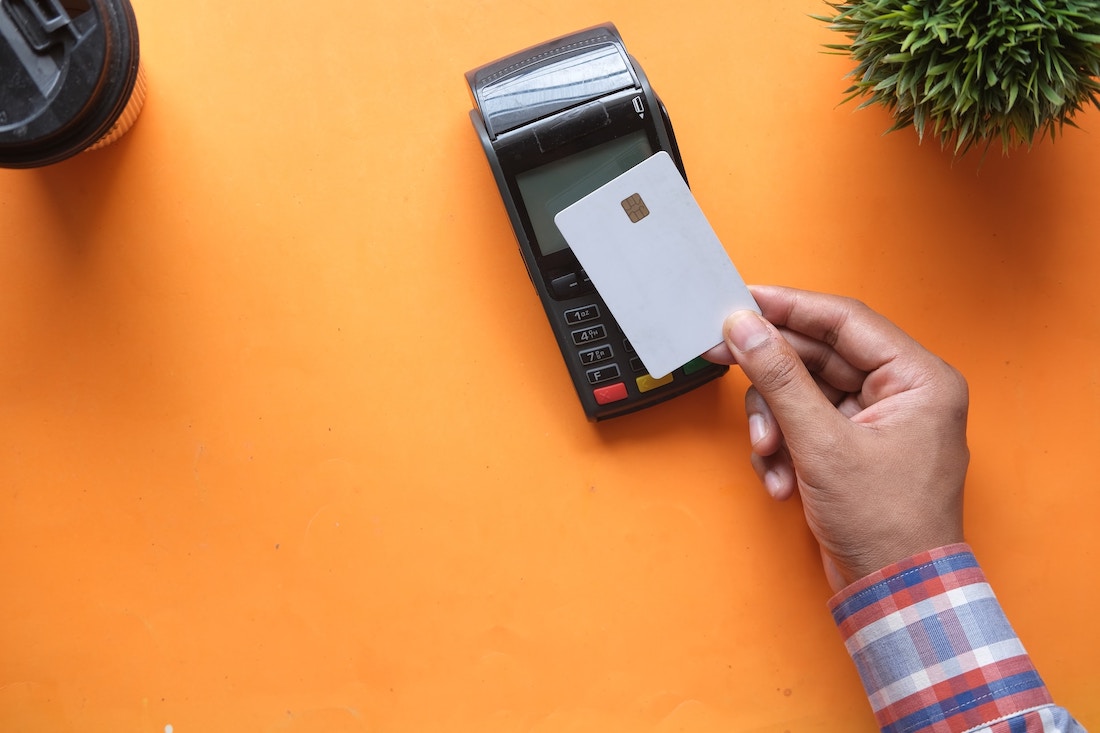Top 7 Most Popular Payment Apps Breakdown
Give your gadgets a new life.

At Gadget Salvation, our mission is to contribute to the electronics reselling market as much as possible so that we extend the life of our gadgets and diminish waste. Our process is simple and seamless.
Answer a few questions and get an estimate.
Ship your gadget for free.
Get paid within two business days of our receiving your gadgets.
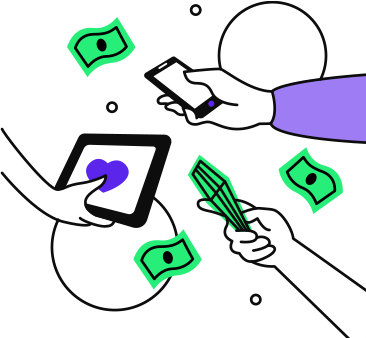
Do you ever wonder which payment apps are the most popular worldwide? Handling financial transactions from person to person or making payments for online purchases can require a certain level of security and convenience.
You may find yourself looking into different applications offering money transfer services, whether sending your family funds or paying for goods bought online.
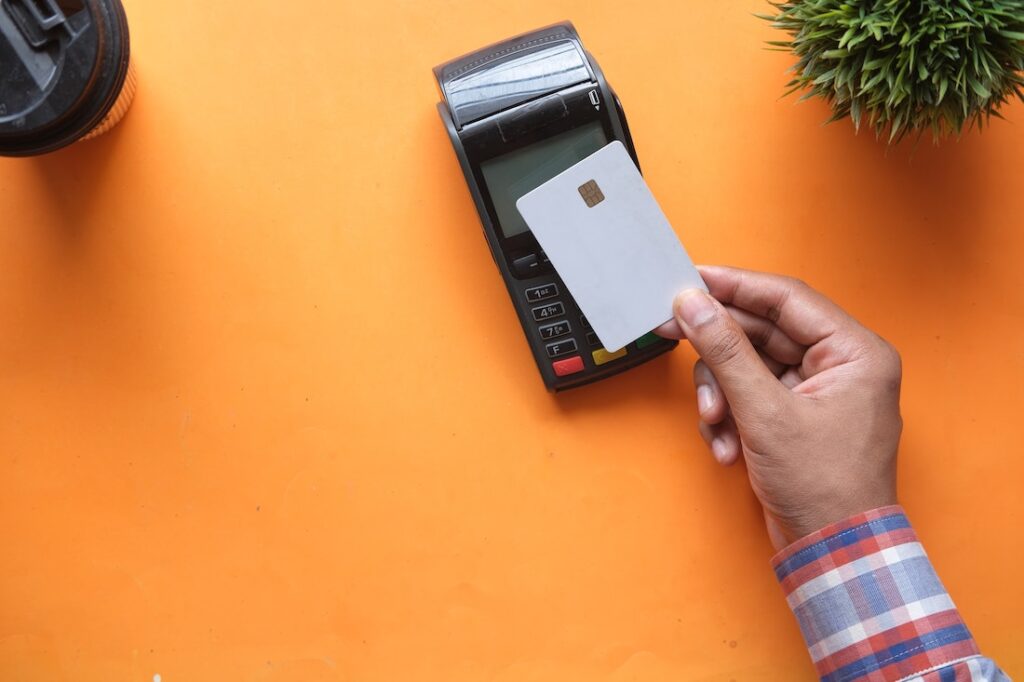
With such an array of payment options on the market today, navigating through them can be overwhelming and confusing.
To help make things easier, we have put together a guide to 7 of the most popular payment apps in the world – with an overview of each service and the special features they all provide. Dive straight into our comprehensive review now if you want to improve your knowledge of digital money transfers!
1. PayPal
Founded in 1998, PayPal is a pioneer in the digital payment industry and remains one of the most well-known and widely used payment apps globally. PayPal allows users to transact in over 100 currencies, send money to friends and family, pay bills, and easily make online purchases.
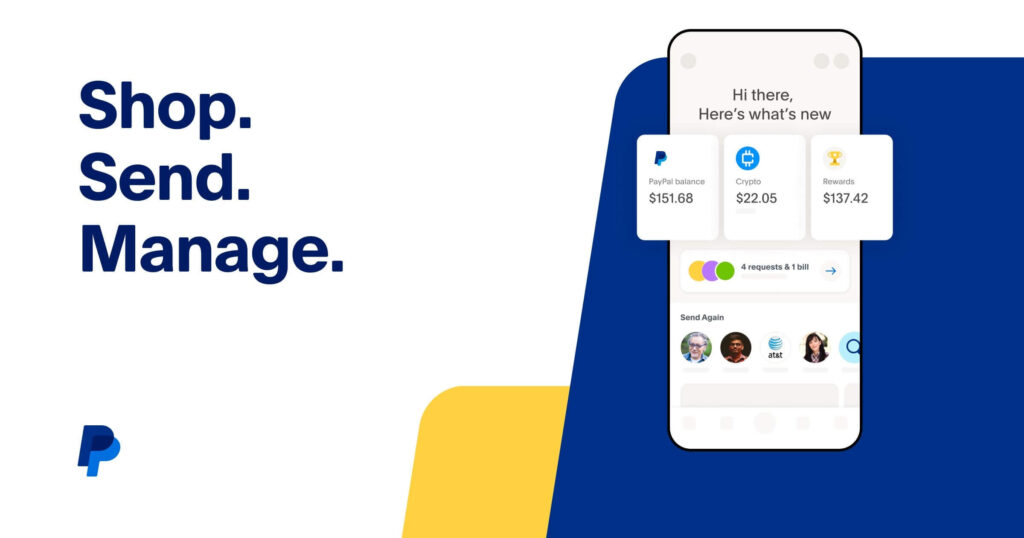
A unique feature of PayPal is its ability to hold balances in multiple currencies, which can be useful for those who frequently conduct international transactions. The company commits to the security of its users and employs industry-standard encryption for all transactions. It also offers a buyer protection program, which can benefit online shoppers.
One downside to PayPal is that it does charge fees for some types of transactions. These can include sending money internationally or receiving payments for goods and services. However, for many users, the convenience and security of PayPal outweigh these costs.
2. Venmo
Venmo, a subsidiary of PayPal, has grown tremendously in popularity, especially among millennials, since it was founded in 2009. With a social media-like interface, Venmo offers a unique payment experience where users can share and like payments and purchases made within their network.
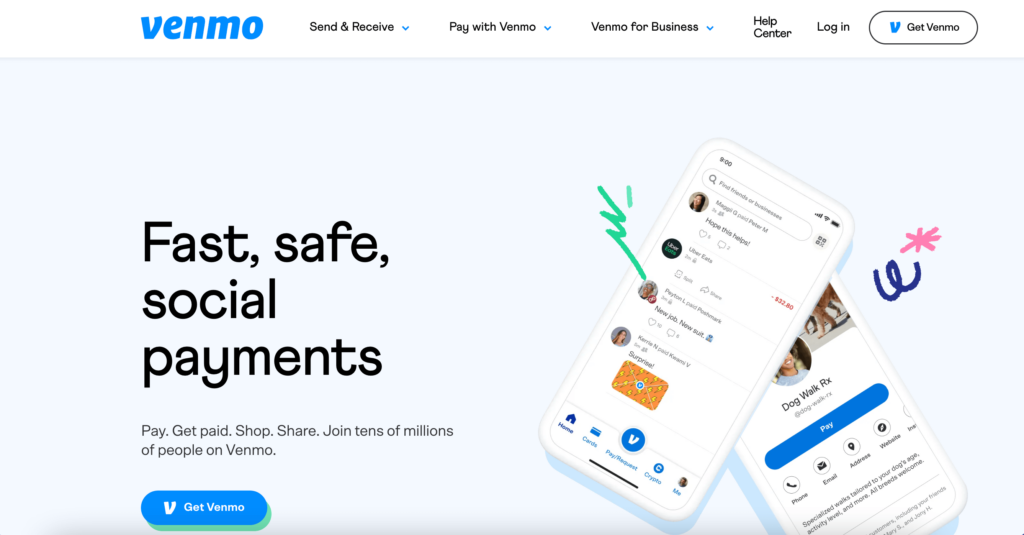
Venmo allows for fast, easy, and free peer-to-peer (P2P) money transfers between friends and family. The app also provides a feature to split bills, which is helpful for shared expenses like dining out, rent, or concert tickets.
Unfortunately, Venmo is currently only available in the United States, and its services are limited to transactions made in U.S. Dollars. Transfers are instantaneous within the Venmo network, but withdrawals to a bank account can still take one to three business days.
As for security, Venmo uses encryption to protect user data, and account holders can set up a PIN code for mobile application access. However, users should be aware that all transactions are public by default and must manually adjust their privacy settings to restrict visibility.
Like its parent company, PayPal, Venmo does charge fees for certain transactions. These include a 1% fee for instant transfers to your bank account and a 3% fee for transactions funded with a credit card. Besides, these costs are often viewed as a fair trade-off for Venmo’s convenience and social interaction.
3. Wise
Formerly known as TransferWise, Wise is another popular global money transfer service. Founded in 2011, Wise has made a name for itself by targeting the international money transfer market with a focus on transparency and affordability.
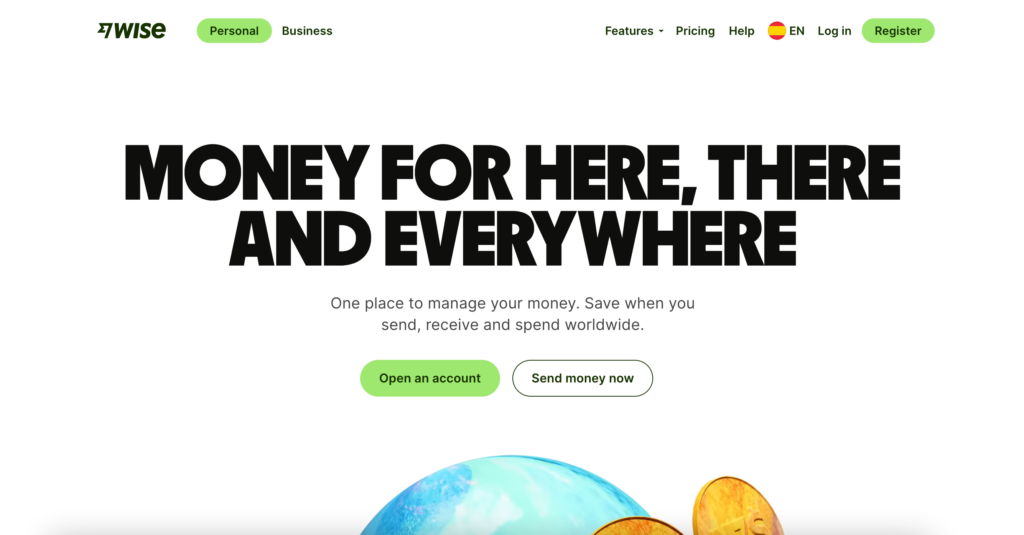
It boasts low, straightforward fees and a real mid-market exchange rate, allowing users to save significantly on international transfers compared to traditional banks.
A standout feature of Wise is its multi-currency account. It lets users hold and manage money in over 50 different currencies, making it an excellent option for travelers, expatriates, and businesses. Users can also get a Wise debit card, which can be used worldwide and automatically converts currencies at the real exchange rate.
While its services are broad, Wise may not be the best option for everyone. Its focus is on international transactions, so it might not be the ideal solution for those looking primarily for domestic transactions. Nonetheless, Wise offers a competitive and transparent service that is hard to beat for anyone dealing with regular international transfers.
Wise offers a competitive and transparent service that is hard to beat for anyone dealing with regular international transfers.
4. Google Pay
Established in 2015 as Android Pay and rebranded as Google Pay in 2018, this payment app is Google’s answer to its digital payment competitors. Accepted in millions of places worldwide, Google Pay supports online, in-app, and in-person payments.
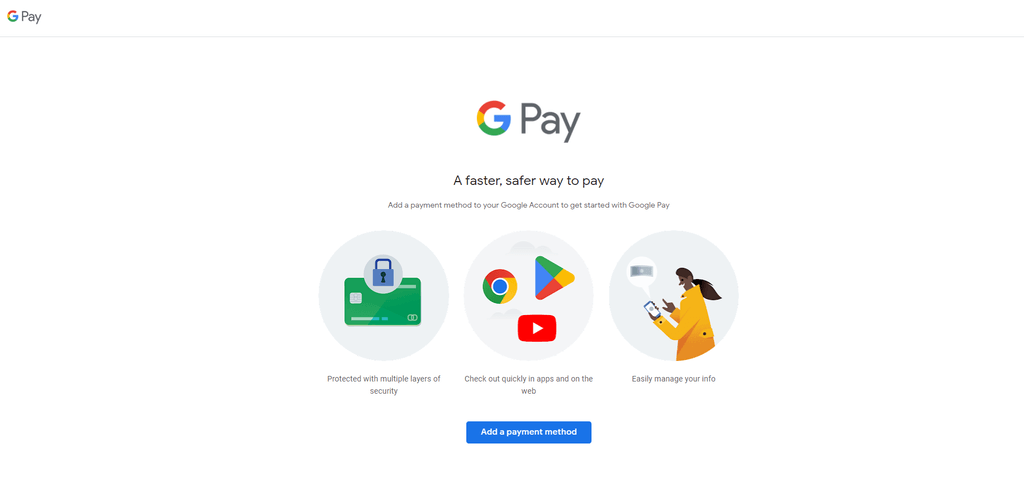
One of the standout features of Google Pay is its seamless integration with other Google services and Android devices. The app is a go-to choice for Android and even Apple users. It also allows sending and receiving funds to and from friends and family, similar to apps like Venmo and PayPal.
In terms of security, Google Pay uses a method called “tokenization” to secure your card information. Instead of transmitting your actual card details to the merchant, Google Pay sends a unique, encrypted number known as a token. This keeps your personal information safe from potential breaches.
However, Google Pay does have some limitations. It primarily serves Android users, meaning iOS users may find less utility than other platforms like Apple Pay.
Additionally, while it’s widely accepted, it’s not universal, and some merchants may not support Google Pay. Despite these factors, the ease of use, robust security measures, and integration with Android devices make Google Pay a top choice for many users.
5. Apple Pay
Launched in 2014, Apple Pay is Apple’s answer to mobile payments. It brings a seamless and secure way to make payments using Apple devices, including iPhone, iPad, Apple Watch, and Mac. As an NFC-based mobile payment solution, it allows users to make payments in brick-and-mortar stores by simply holding their device over a contactless reader.
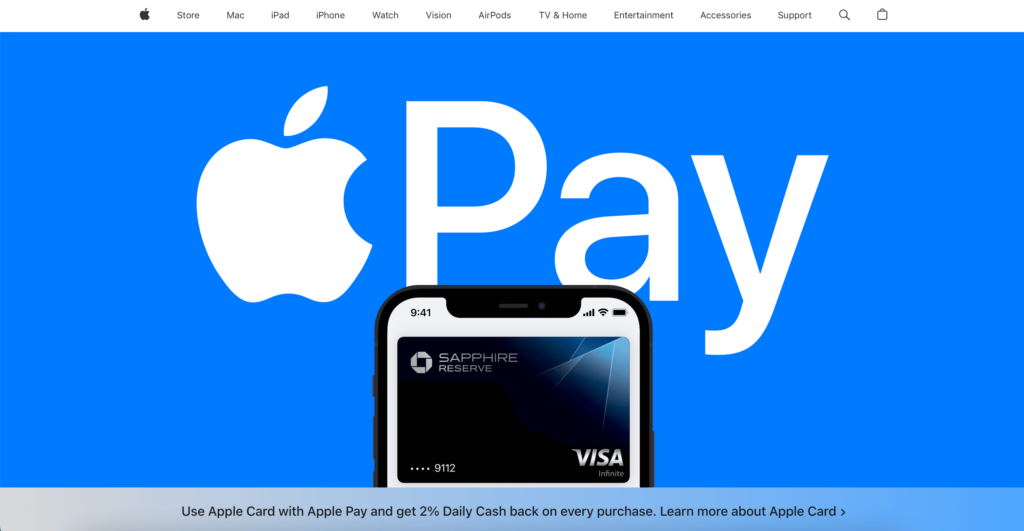
One of the main advantages of Apple Pay is its integration with the Apple ecosystem. If you’re an Apple user, the app is already on your device, making it an incredibly convenient option. Another standout feature is its security measures.
When you use Apple Pay, your card number isn’t stored on your device or on Apple’s servers. Apple also never shares it with the merchant. Instead, a unique Device Account Number is assigned, encrypted, and securely stored in the Secure Element on your device. Each transaction is authorized with a one-time, unique, dynamic security code.
However, Apple Pay is not perfect. For one, it is only available to Apple device users. So, compared to universal platforms like PayPal, its reach is limited to Apple’s fanbase only. Also, not all retailers accept Apple Pay, especially outside of the U.S. But despite these limitations, Apple Pay offers a smooth and secure digital payment experience for those entrenched in the Apple ecosystem.
6. CashApp
Launched in 2013 by Square Inc., CashApp is another major player in the mobile payment market. Initially started as a simple peer-to-peer payment service, CashApp has expanded its features to include options like receiving direct deposit payments and investing in stocks or Bitcoin.
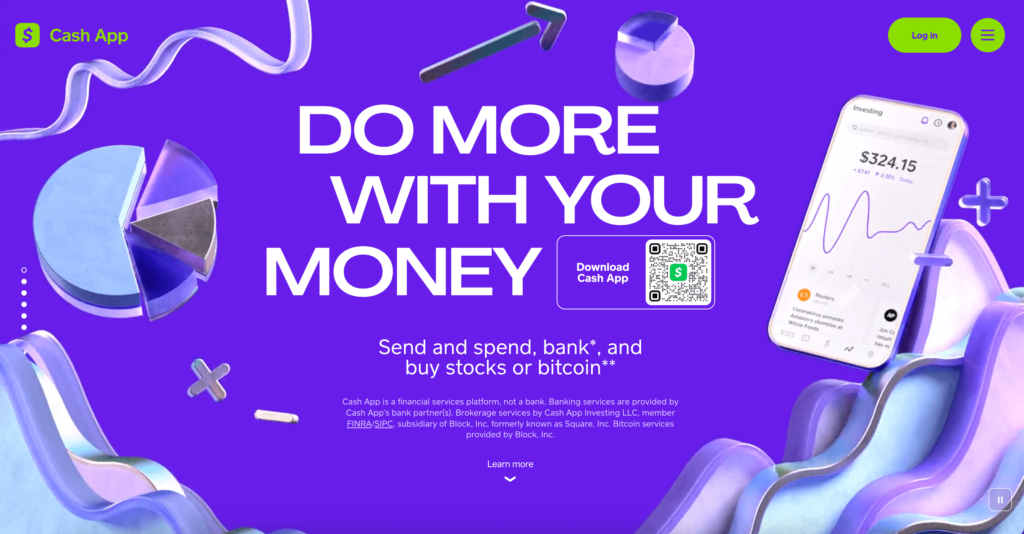
A unique feature of CashApp is its Cash Card, a free, customizable debit card that users can use to pay online or in stores. It also offers a “Boosts” feature, which provides discounts at certain retailers when used. This feature is quite popular among users, often leading to significant savings.
On the security front, CashApp utilizes encryption and fraud detection software to protect transactions and account information. Users also have the option to set up a PIN or use fingerprint recognition for extra security.
However, CashApp has its limitations. Its services are primarily available to users in the United States and the United Kingdom. For now, international transactions are not supported. It also charges a 3% fee to send money via credit card and an instant transfer fee if you want to transfer funds to your bank account right away. Despite these limitations, CashApp’s user-friendly interface and additional features make it a strong contender in the digital payments field.
7. WeChat Pay
WeChat Pay is a digital wallet service incorporated within WeChat, the popular multi-purpose app developed by Tencent. Launched in China in 2013, WeChat Pay gained massive popularity. Now it is one of the leading mobile payment services globally.
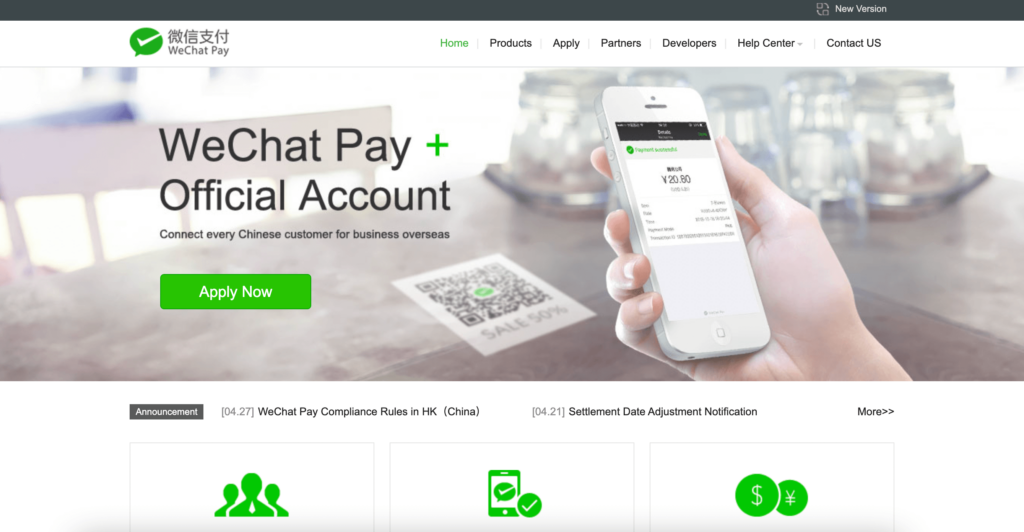
One of the key features of WeChat Pay is its deep integration within the WeChat app. This allows users to make payments directly from their WeChat account, providing a seamless user experience. It supports transactions in various settings, including online shopping, in-app purchases, and brick-and-mortar stores. Additionally, WeChat Pay enables users to send and receive money to and from their contacts via the WeChat messaging interface. This feature is very similar to other peer-to-peer payment apps.
Conclusion
As we can see, the world of digital payments has seen significant innovation and expansion in recent years. Many payment platforms offer a variety of features to cater to different user needs in different countries.
The seven platforms discussed, Wise, Google Pay, Apple Pay, Cash App, and WeChat Pay, each provide unique advantages, from seamless integration with device ecosystems and robust security measures to extra features like investing and discounts.
Nevertheless, these services also have their limitations, pointing to the fact that no single app currently serves every potential need.
Lastly, at Gadget Salvation, we also rely on popular payment apps! Currently, we use PayPal, Venmo, CashApp, and Zelle to get our customers paid instantly!

Give your gadgets a new life
At Gadget Salvation, our mission is to contribute to the electronics reselling market as much as possible so that we extend the life of our gadgets and diminish waste. Our process is simple and seamless.
Answer a few questions and get an estimate.
Ship your gadget for free.
Get paid within two business days of our receiving your gadget.


